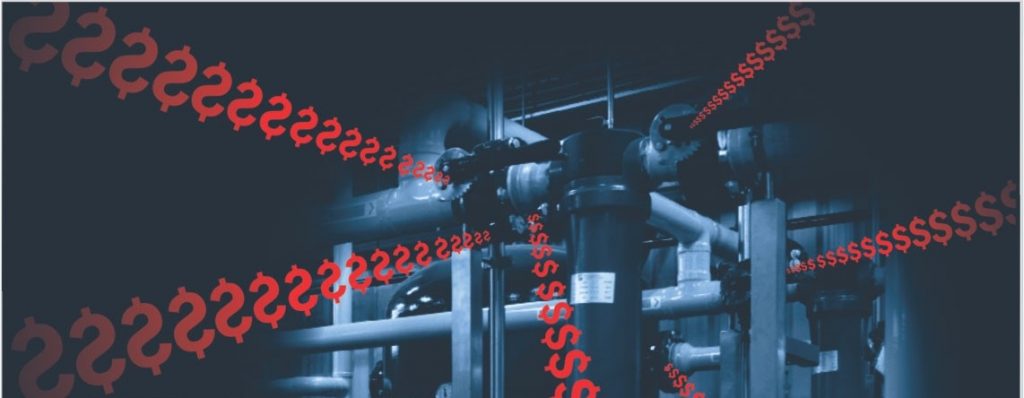
Air Leakage Detection
AirAudit offers its customers effective air leak management programs. Most plants have a significant amount of air leaks that can represent significant wasted energy and increased running costs.
Managing air leaks is critical to maintaining optimum compressed air system efficiency and minimizing energy costs. A proactive leak detection and repair program can ensure air leaks are reduced with saving that can be many thousands of dollars each year. The best way to ensure you keep air leaks and operating costs at a minimum is with a comprehensive air leak prevention program.
Book a Service
AIR LEAKS
Air leaks not only waste output they negatively affect production by:
- Resulting system pressure drop
- Reduced plant & equipment efficiency
- Reduces life of equipment due to more frequent cycling
- Increased running times results in the requirement of additional maintenance
- Adds unnecessary air demand on compressor(s)
Air leaks can originate from any part of the compressed air system including sources such as:
- Coupling, hoses, tubes and fittings
- Pressure regulators
- Open condensate drains and shut-off valves
- Pipe joints, disconnects and thread sealants
The majority of leaks are hard to find as an air leak of only 1.6 mm in diameter is not audible to the human ear yet can cost up to 50,000RS ($450) per year in wasted energy costs.
The most effective way to identify air leaks in a compressed air system is to utilize an ultrasonic leak detector, which recognizes high frequencies such as those created by small air leaks.
AirAudit has the latest in ultrasonic leak detectors and can identify all air leaks in your plant and tag them by severity, accompanied by a written report with photos of tagged leak and its approximate cost in terms of wasted energy costs per annum.
Fixing air leaks can be as simple as tightening loose fittings or as complex as replacing faulty equipment. We can assist you in repairing only those leaks you cannot rectify yourself.
We take into account key considerations such as maintenance access, ventilation, pipe sizing, pressure drop, piping materials, pipe supports, isolation, and future requirements etc. to ensure that compressed air is delivered. Where it is needed with minimal pressure drop and at the lowest possible cost.
